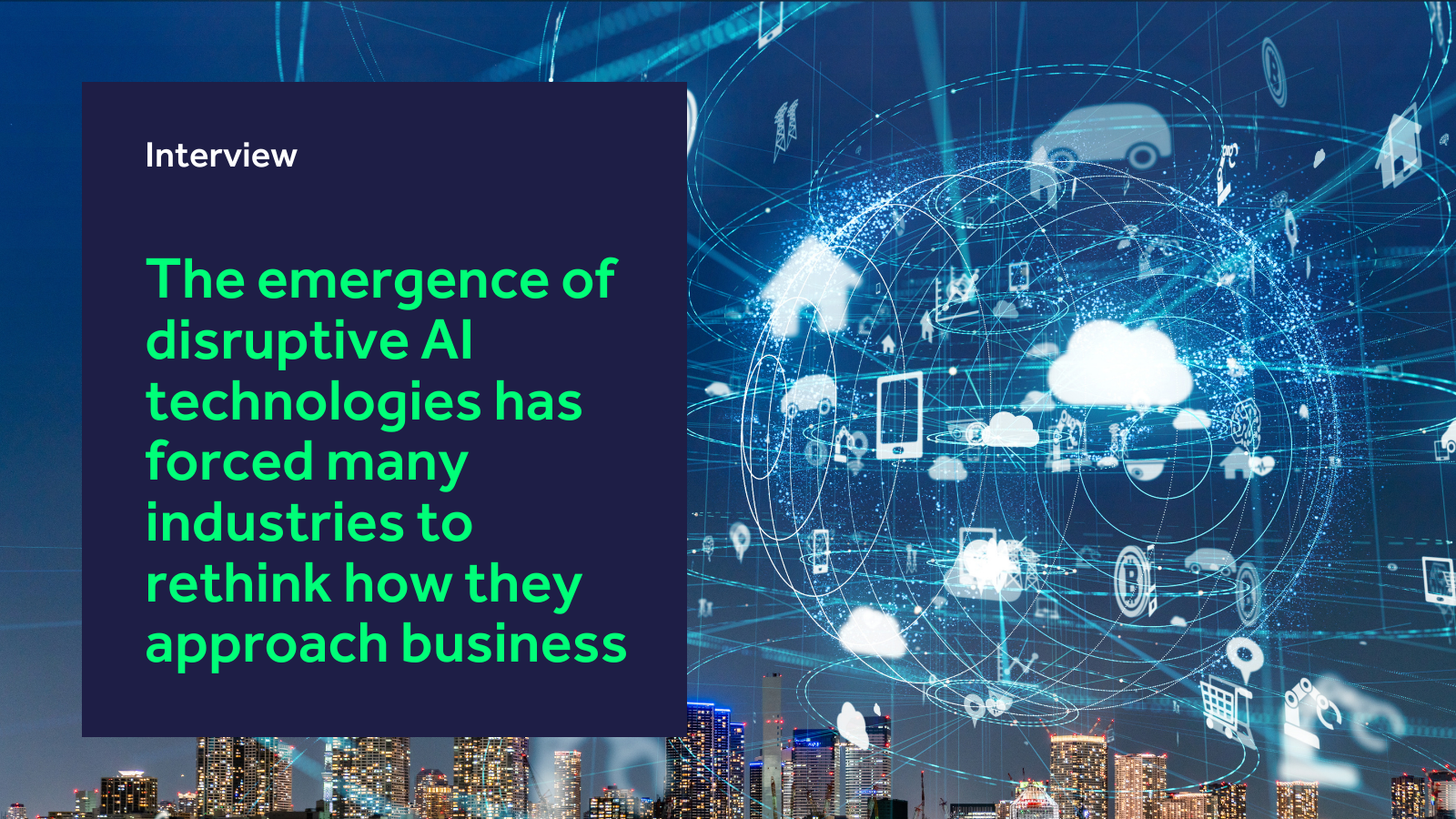“This isn’t the beginning of the end, it’s the end of the beginning.”
The emergence of disruptive AI technologies has forced many industries to rethink how they approach business.
We recently caught up with Sean Culey, Business Transformation advisor and author of Transition Point: From Steam to the Singularity, who shared his thoughts on how the retail industry will be reshaped by disruptive technologies.
AI will reshape retail
“I think AI will be the most important disruptive tech from a retail perspective, with machine learning being a subset of AI. We’re seeing this already with everything from website recommendations through to stores that track your movements and automatically record what you pick from the shelves,” said Sean.
While AI’s role in retail will be largely invisible, it will be influential in reshaping the industry. From spotting buying pattern trends through to personalising engagement with customers, the impact of AI will be felt everywhere.
“All of those routine tasks that take up the time of retail assistants without actually adding value to the customer journey will be replaced.
“I believe we will see much more of robotics in physical retail. The role of the retail assistant will become more focused around customer service and less around moving products from the backroom to customers, counting inventory and all those time intensive manual tasks. We’re going to see increasing levels of automation working on those.”
Personalised, Automated and Localised
Major paradigm shifts facilitated by automation and AI in retail are already in effect – and there is no going back.
One such change is the ‘Personalised, Automated and Localised’ (PAL) supply chain, the beginnings of which can already be seen in many industries. Let’s take fashion as an example.
With a Personalised, Automated and Localised supply chain, clothes can be made personal, and logistics can become increasingly localised as people expect instant gratification. Customers want more and more specific options, but they won’t wait six to eight weeks for a delivery anymore.
The thread between these two elements is automation. Machines will gain the ability to mass produce customised items based on the individual’s personal size, and tailor make pieces unique to a customer’s style.
“The PAL supply chain emerged specifically because of the wealth of choices afforded by eCommerce,” explained Sean.
People expect a wider variety of choices, not just over what they buy, but where they buy it from, which device they use, whether it’s sent to their homes, a store nearby or a smart locker.
“Increasing consumer expectations and the rise of omnichannel demand capture and logistics are the forces really driving the PAL supply chain. In order to provide all these choices to consumers, you’re going to have to offer increasingly personalised, on‐demand services and you’re going to have to redesign your supply chain network to accommodate this.”
“We’re going to have to utilise automation much more than before, and to be able to deliver items on the same or next day, it’s got to be local.”
“As automation increasingly replaces humans as a manufacturing force, companies can begin to establish micro‐factories situated outside of city centres and other urban settings, with a micro‐logistic network of automated hubs able to service the consumer’s increasing demands for same-day delivery.”
“Technology like quantum computing will also become necessary due to the complexity of scheduling millions of deliveries in incredibly short timeframes. This demand for more processing power will increase as autonomous vehicles become ubiquitous and the IoT is realised, creating a world of constantly communicating devices that require huge processing capability to make sense of.”
The end of the beginning
In Sean’s book, he discusses how this sixth wave of creative destruction will be the final one.
“I think this reason why this would be the last wave is because what’s driven disruptive tech so far has been capitalist endeavours by entrepreneurs. We’ve got machines that are replacing human capabilities, not just human jobs. Machines that are continually learning from each other and getting smarter at a rate we cannot match.
“We’re going to reach a point where there simply aren’t enough things for a human to physically do.
“We will have more disposable time and I think retailers will have to work with that. Providing personalised experiences alongside personalised products will be key.”
As AI continues to progress and take on more of our professional tasks, a lot of the jobs that give meaning and structure to our lives are going to disappear. Sean expects people are going to spend more of their time in increasingly rich digital worlds.
“Retailers will have to adapt to a more physically static population who live their life indoors and change their offerings to be much more digital than physical. As COVID lockdowns continue, scars are being left that may run deep, permanently changing societal behaviours which will negatively impact the desire for physical shopping, as well as the market for things like high fashion apparel.
“Although, I might challenge my thinking on how static the population is in terms of its location, dependent on the adoption of tech like autonomous vehicles, VTOL drone transportation and hyperloop delivery methods that may facilitate a migration away from cities once people can work anywhere. We’ll see. All in all, I think it’s a very exciting time to be alive.”
 https://www.k3btg.com/wp-content/uploads/2023/11/Creation-Gross-blog-header.png
900
1600
Jordan Heal
https://www.k3btg.com/wp-content/uploads/2022/03/K3_Master_Colour_RGB.svg
Jordan Heal2023-11-10 10:09:412025-02-21 14:46:42How K3 Fashion enabled Création Gross to modernise its wholesale channel offering
https://www.k3btg.com/wp-content/uploads/2023/11/Creation-Gross-blog-header.png
900
1600
Jordan Heal
https://www.k3btg.com/wp-content/uploads/2022/03/K3_Master_Colour_RGB.svg
Jordan Heal2023-11-10 10:09:412025-02-21 14:46:42How K3 Fashion enabled Création Gross to modernise its wholesale channel offering

